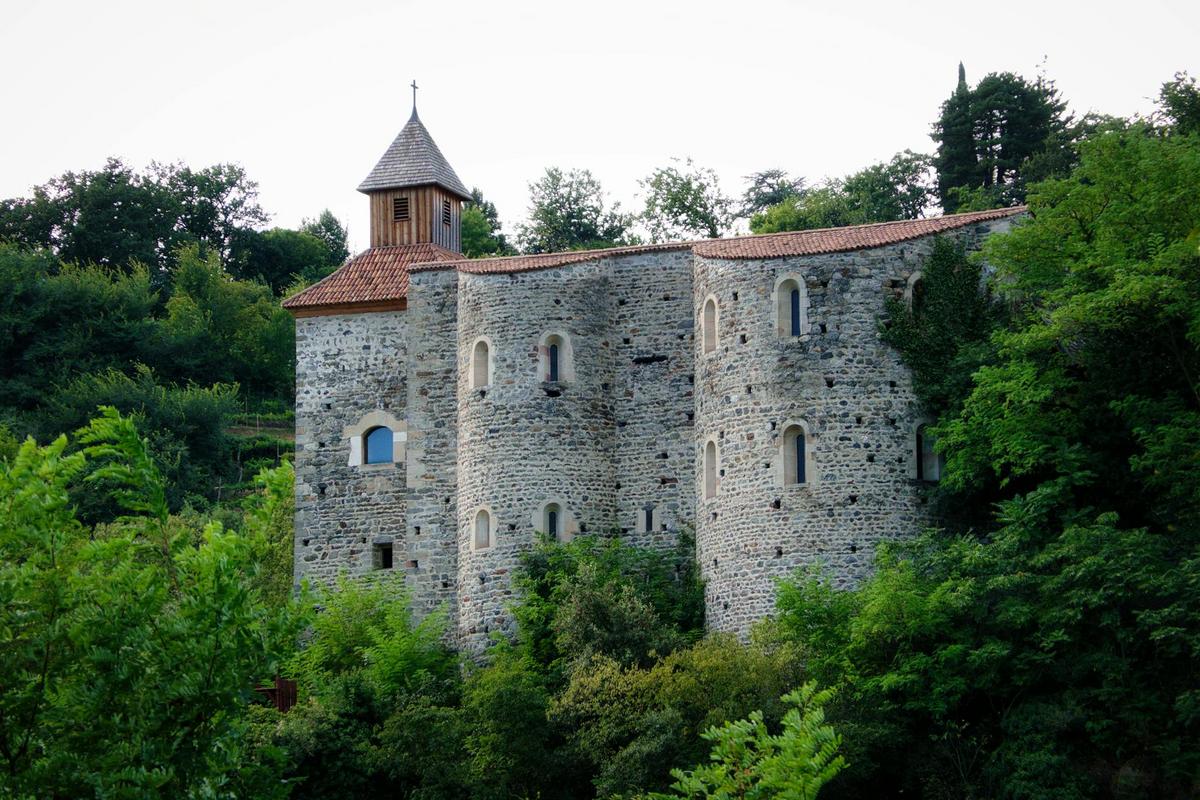
Understanding the Impact of Tourism on Cultural Heritage
Tourism can be both a blessing and a challenge for cultural heritage sites, as it brings economic benefits while also posing risks to the very treasures it celebrates.
The Dual Nature of Tourism
Tourism often shines a spotlight on cultural heritage, bringing global attention and much-needed financial support. However, the influx of visitors can also lead to deterioration and commercialization of cultural sites. According to a report by UNESCO, many World Heritage Sites face significant threats from overcrowding and infrastructure strain.
Expert Insights
Dr. Emma Johnson, a cultural anthropologist, notes, “Balancing preservation with accessibility is crucial. Without careful management, the very authenticity that attracts tourists can be lost.” Her insights are backed by case studies from around the world, highlighting how unchecked tourism can erode cultural significance.
Statistics and Research
Recent studies show that global tourism contributes to 10% of the world’s GDP, yet the wear and tear on heritage sites is a growing concern. Research from the World Tourism Organization suggests that sustainable tourism practices could mitigate these impacts.
Personal Experiences
While visiting the historic city of Kyoto, Japan, I witnessed firsthand the delicate balance between tourism and preservation. Local initiatives have successfully maintained the city’s cultural integrity by implementing visitor limits and promoting off-peak travel.
Actionable Tips for Responsible Tourism
- Respect local customs and traditions.
- Support local businesses and artisans.
- Choose eco-friendly travel options.
- Plan visits during off-peak seasons.
Pro Tip: When visiting heritage sites, consider hiring a local guide to gain deeper insights and support the local economy.
Comparing Tourism Impact
| Aspect | Positive Impact | Negative Impact |
|---|---|---|
| Economic | Boosts local economy | Can lead to inflation |
| Cultural | Promotes cultural exchange | Risk of cultural erosion |
| Environmental | Funds conservation efforts | Causes pollution |
| Social | Creates jobs | Can lead to overcrowding |
| Infrastructure | Improves facilities | Strains resources |
| Awareness | Raises global awareness | Over-commercialization |
| Education | Educational opportunities | Sometimes superficial |
| Preservation | Funds preservation | Physical wear and tear |
Frequently Asked Questions
How can tourists contribute to preserving cultural heritage?
Tourists can contribute by respecting local customs, supporting sustainable practices, and spreading awareness about the importance of preservation.
What are the signs of over-tourism at heritage sites?
Signs include overcrowding, environmental degradation, and loss of cultural authenticity.
How effective are visitor limits in protecting heritage sites?
Visitor limits can be highly effective in reducing wear and tear, allowing for better site management and preservation efforts.
Conclusion
Understanding the impact of tourism on cultural heritage is essential for crafting strategies that protect these invaluable sites. As travelers, we hold the responsibility to tread lightly and ensure our journeys leave positive footprints. By embracing sustainable tourism, we can help preserve cultural legacies for future generations.


